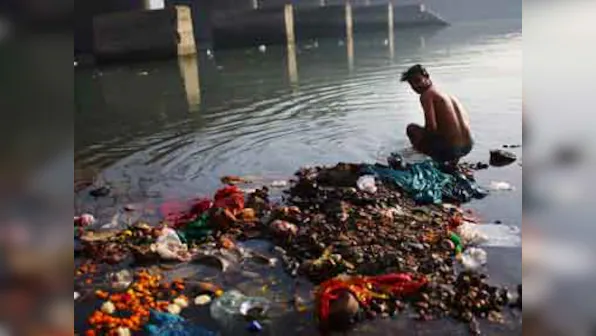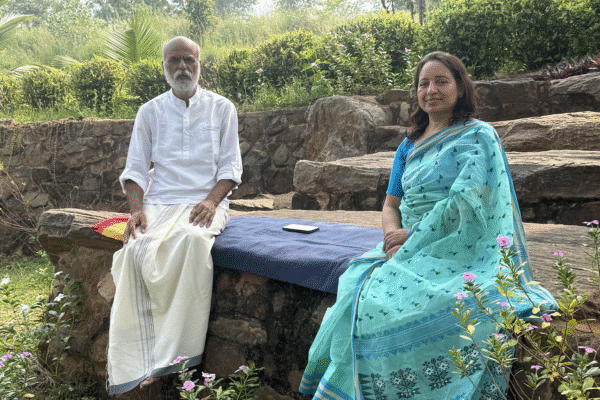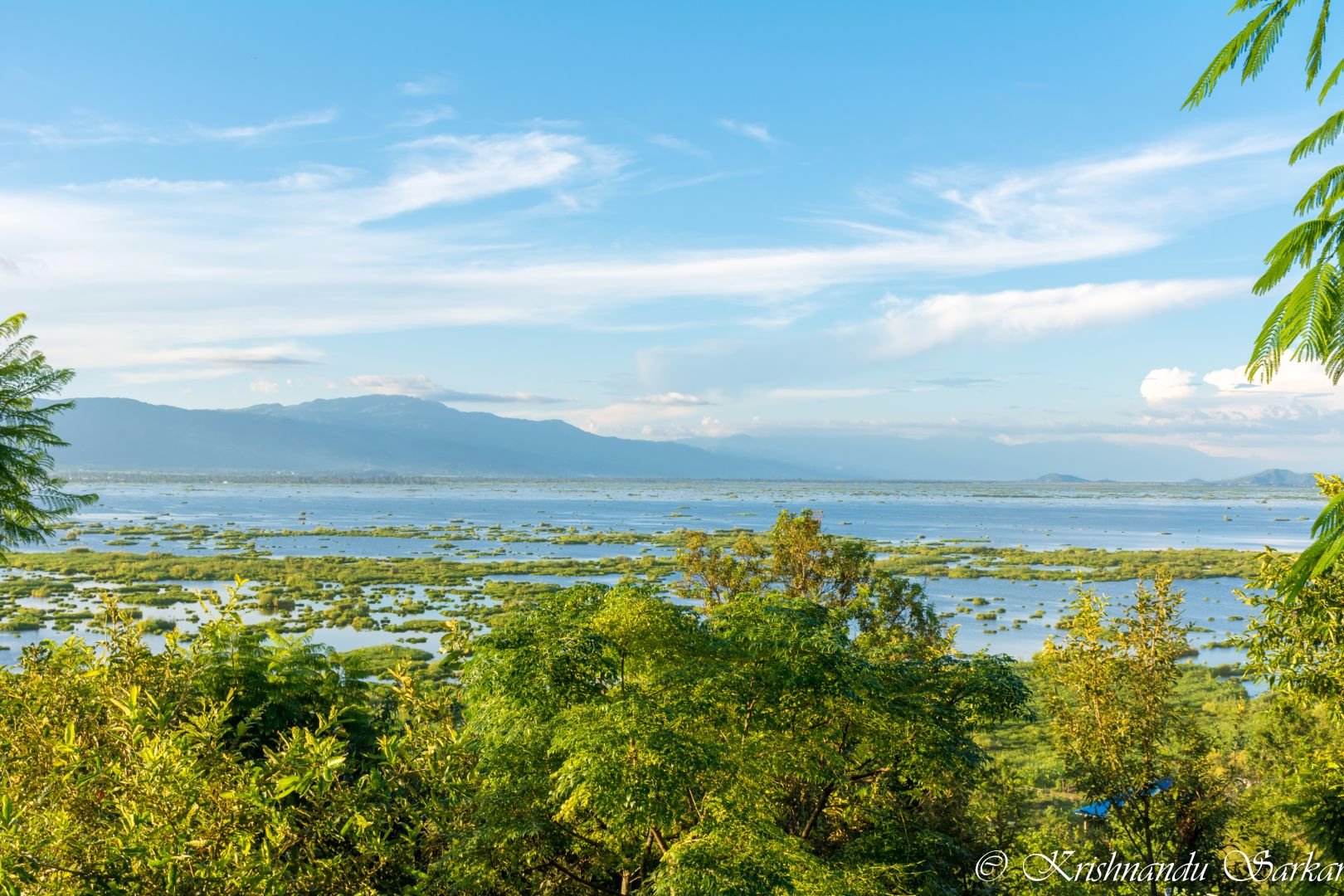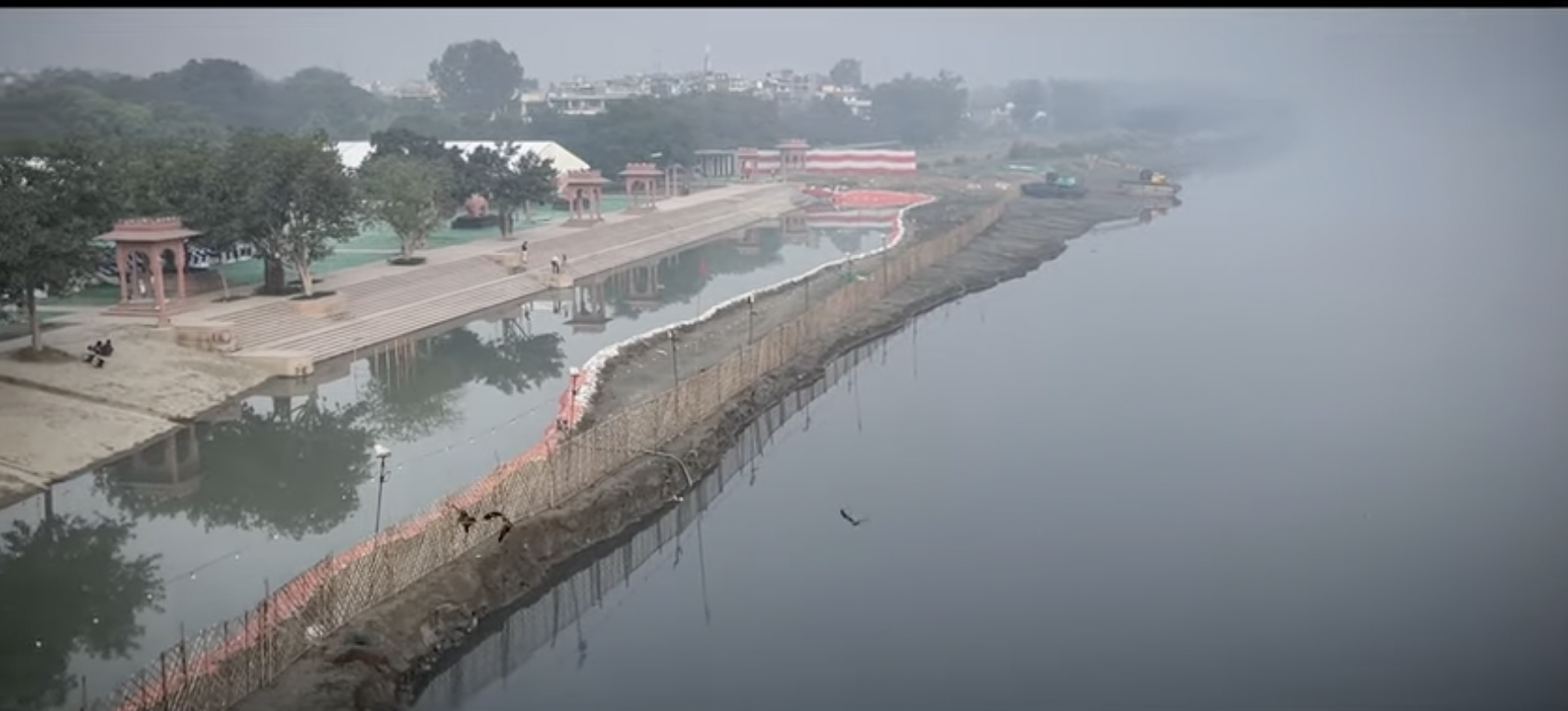

Court Slams Inaction, Political corruption Over Yamuna Untreated Sewage Issue
The issue of untreated sewage in the Yamuna has reached alarming levels, with raw and poorly treated waste still entering the river. Taking serious note of the situation, the Delhi High Court initiated suo motu proceedings and directed authorities to act swiftly. Immediate repair work and strict monitoring are now essential to safeguard both the river and public health.http delhi-hc-yamuna-untreated-sewage-action/
Delhi has seen both BJP and AAP governments in power. Yet Yamuna remains highly polluted. Questions persist: why have huge budgets, ambitious plans, and court orders not cleaned this river?
Gaps in Infrastructure and Capacity
Delhi generates around 3,600 million litres per day (MLD) of sewage. However, existing Sewage Treatment Plants (STPs) handle only about 2,777 MLD. Thus over 800 MLD flows untreated into the Yamuna.
Even treated water often fails quality standards. About 16 of 37 STPs missed mandated norms recently. Faecal coliform, Biochemical Oxygen Demand (BOD), Total Suspended Solids and Dissolved Oxygen levels remain problematic.
Decentralised treatment remains weak. Many unauthorized colonies lack sewer connections. Slum clusters rely on septic tanks or none at all. Their waste enters drains or Yamuna directly.
Political, Administrative and Systemic Failures
First, political blame has become a sport. BJP accuses AAP of corruption, wasted funds and inaction. AAP blames BJP for policies upstream, lack of cooperation, and insufficient water release. Both claim credit and blame.
Second, oversight is fragmented. Multiple agencies share responsibility: DPCC, DJB, MCD, DDA, LG’s office. However, coordination lags. Projects stall due to unclear mandates.
Third, master plans often stay unimplemented. An IIT‑Delhi drainage plan from 2018 still remains largely on paper.
Also, financial commitment has not matched real delivery. Delhi spent over ₹6,856 crore between 2017‑22 on Yamuna cleaning. Yet pollution indicators remain largely unchanged. The money often absorbs administrative overhead rather than achieving concrete impact.

Environmental and Natural Constraints
River Yamuna upstream water diversion limits flow. Without fresh flow, pollution dilutes less. River cannot self‐clean. STPs discharge into low‑flow sections, worsening contamination.
Monsoon rains cause flooding and wash more waste into river. Conversely, in dry season pollution concentrates. Also, drain systems overflow or mix sewage with stormwater. Projects to decongest drains remain partial.
Why Governments Fail to Enforce Plans Strictly
Governments often announce large-scale plans, but strict enforcement is rare. One key reason is lack of political urgency. River pollution does not influence elections the way issues like electricity, water subsidies, or caste dynamics do. As a result, long-term ecological goals take a backseat to short-term political optics.
Moreover, bureaucratic inertia slows progress. Frequent transfers, red tape, and lack of accountability weaken continuity. No single officer or minister owns the problem end-to-end. Audits, when conducted, rarely lead to penalties or reform.
Industrial pressure also plays a role. Factories that discharge untreated waste often operate with informal political protection. Penalizing them could impact local economies and vote banks. So, enforcement remains selective or symbolic.
Finally, there’s a gap between court orders and ground-level action. Even when courts intervene, implementation agencies delay or dilute directives. This weak compliance culture has made even the most well-funded projects ineffective.
Yamuna cleaning demands more than promises. Action needs four pillars:
- Full capacity utilisation of STPs and improvement in treated water quality.
- Comprehensive sewer network expansion, especially in illegal/unplanned colonies.
- Strong accountability with political will, inter‑agency coordination, and lawful enforcement.
- Environmental flow assurance so river has fresh water, especially from upstream.
Only when these align, will Yamuna breathe again.
Until then, citizens must demand transparency, not just cleanups. Politicians should prove results over rhetoric. Pollution indicators are data. They will tell truth.

NewsHasghag operates a 24/7 news bureau that tracks the real-time, social media-driven stories from India and around the world, keeping you ahead of the day’s key talking points. Our digital-first approach transforms storytelling through the seamless integration of data, interactive charts, video, and audio into every narrative.









